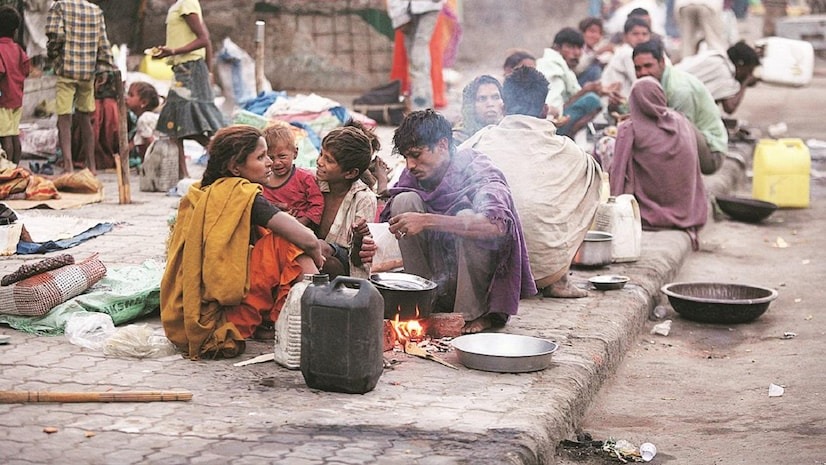
Shamika Ravi, a member of the Prime Minister's Economic Advisory Council, recently shared promising data on poverty reduction in India. In a post on X, she stated that poverty has declined substantially across both Hindu and Muslim communities over the past 12 years.
Poverty Rates across Hindu and Muslim populations of India have fallen significantly in the last 12 years. Rapid convergence between the two groups- in both rural and urban areas of the country. #InclusiveGrowth ???????? pic.twitter.com/mzWTwykIHn
— Prof. Shamika Ravi (@ShamikaRavi) April 2, 2025
Her data comparison uses the Rangarajan poverty line from 2011-12 and updates it with Consumer Price Index-based state-level data for 2023-24. The figures reveal a strong trend of convergence and inclusive growth.
Rural and Urban Poverty Rates Show Significant Improvement
In rural areas:
Muslim population: Poverty dropped from 31.7% in 2011-12 to just 2.4% in 2023-24.
Hindu population: Declined from 30.9% to 4% during the same period.
In urban areas:
Muslim population: Poverty rate decreased from 39.4% in 2011-12 to 5.7% in 2023-24.
Hindu population: Dropped from 24.4% to 3.7%.
These improvements highlight a consistent pattern of declining poverty across religious groups in both urban and rural settings.
Absolute Poverty Nearly Eliminated, Says NITI Aayog Member
Earlier, in March 2024, NITI Aayog member Arvind Virmani reported that absolute poverty—defined by the international $1.9/day income norm—has been nearly eradicated in India. He stated that only about 1% of the population falls below this threshold.
In 2011-12, the figure stood at 12.2%, which fell to 2.3% in 2022-23 and has now dropped to 1% in 2024.
Virmani emphasized that remaining poverty is likely concentrated in remote or difficult-to-access regions and will require targeted, localized interventions.
This data points to a remarkable economic transformation over the past decade, with a strong indication of inclusive development across communities and geographies.
Read More: PM Narendra Modi’s Global Buddhist Diplomacy: A Vision of Peace and Cultural Leadership
--Advertisement--

 Share
Share



